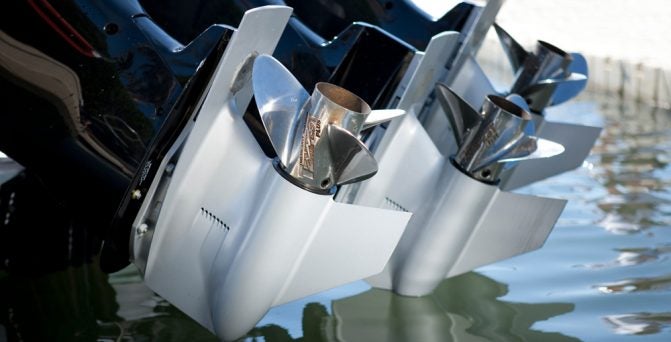
It's equal parts art, science and magic
Mercury Marine is the largest propeller manufacturer in the world, building a vast range of aluminum and stainless steel props for its full line of outboard, sterndrive and inboard engines. We’re talking dozens of different motors that range from 2.5 horsepower portable outboards to massive racing engines of more than 1,750 horsepower.These are some of the best propellers in the world and we wanted to see how they were made, so we made our way to Mercury’s enormous Fond du Lac, Wis. manufacturing plant to see how it all works.
Almost all of Mercury’s propellers are made in the Fond du Lac plant. Mercury began making props there in the 1970s and today they make more than 400 different propellers at the plant. It also builds a diverse range of propeller products for other companies, and they’re all made by following the same basic process. So what goes in to turning a blog of raw aluminum or steel into the best propellers in the industry?.
Propellers are cast using a variation of Mercury’s lost foam casting technique that’s also used to manufacture complex, complicated items like engine cylinder heads. In many ways, it’s a real mix of art, science and magic.
Regardless of their material or shape, all propellers begin as delicate wax forms, which sort of look like wax propellers with the addition of a funnel-shaped spout on one end of the hub. These forms are repeatedly dipped into a mixture of a secret compound that looks like coarse plaster, building up layer after layer over top of the wax form. This compound dries quickly, and forms a mold all around the wax propeller form.
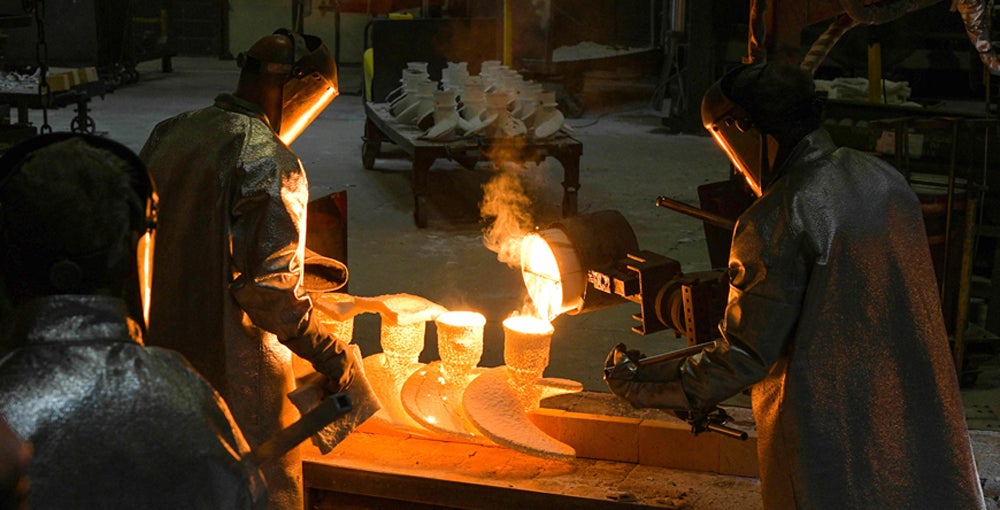
Once the molds are ready, liquid aluminum or stainless steel is poured in, vaporizing the wax form and replacing it in the mold cavity.
Once it’s fully cured, this sand mold goes into the foundry, where ultra-hot liquid metal is poured directly into the fill funnel. What happens next is the magic part, as the screaming hot liquid steel vaporizes the wax form on contact, allowing the liquid steel to fill its place inside the mold, forming the propeller.
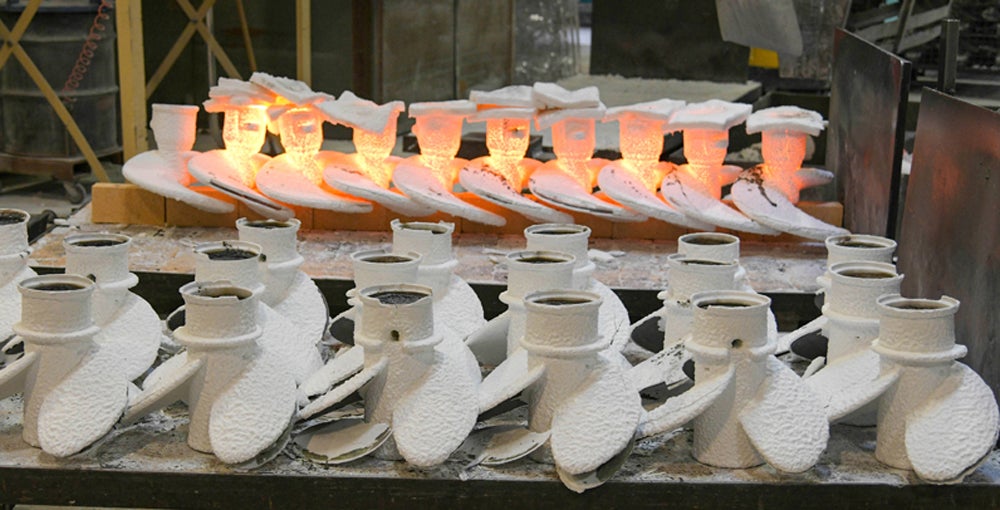
Filled molds are volcano hot and remain that way for some time. They must be cooled gradually to ensure the propeller has no flaws.
Once the mold has been filled with molten metal, an insulating layer of material is placed over the fill spout so that everything cools together at the same rate. If the hub portion were left open, it would cool faster, and that could lead to cracking or other faults – not what you are looking for when you’re trying to build the best propellers possible.
It takes a while for the casting to cool, and the entire mold glows bright red for some time afterward. Once it does fully cool, the rough cast propeller is removed from the mold and finished. Aluminum propellers are deburred, buffed down to a smooth finish, and painted in a special corrosion-resistant enamel to keep them looking new for years. Stainless steel propellers are also deburred and buffed smooth. Depending on the model, some are buffed further to a mirror finish. Following a series of quality control checks, the propellers are then boxed and shipped.
Mercury is currently in the midst of constructing a $17 million extension to its propeller plant that will not only allow it to vastly increase its output, but allow it to create more complex designs and install new equipment to improve employee safety. Expected to open in the summer of 2020, the expanded plant will span almost 90,000 square feet and allow the company to produce more than 400 different propeller products.
We are committed to finding, researching, and recommending the best products. We earn commissions from purchases you make using the retail links in our product reviews. Learn more about how this works.
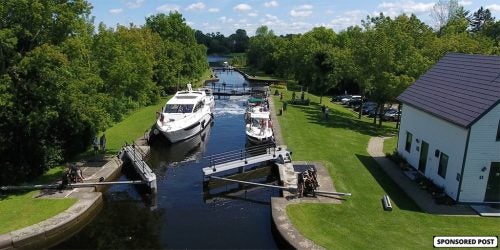
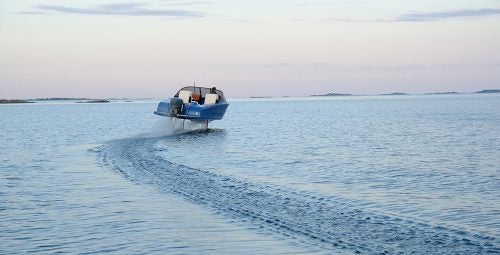
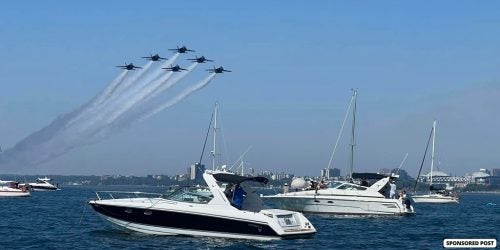


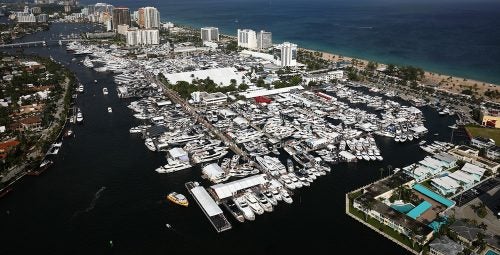 Fort Lauderdale International Boat Show Preview
Fort Lauderdale International Boat Show Preview 10 Best New Boat Accessories at IBEX 2021
10 Best New Boat Accessories at IBEX 2021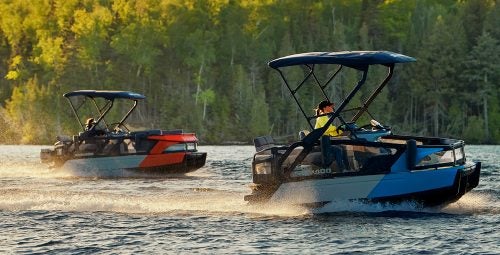 2022 Sea-Doo Switch Pontoon Boat Lineup Unveiled
2022 Sea-Doo Switch Pontoon Boat Lineup Unveiled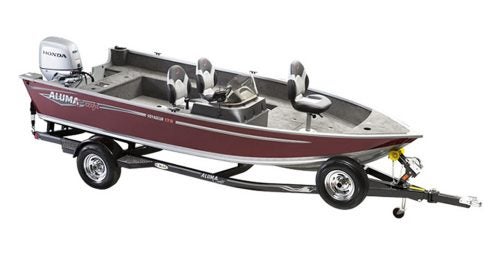 BRP Enters Fishing Boat Market with Purchase of Alumacraft Boat
BRP Enters Fishing Boat Market with Purchase of Alumacraft Boat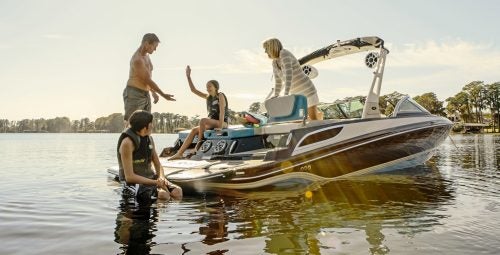 Volvo Commits To Electric Power By 2021
Volvo Commits To Electric Power By 2021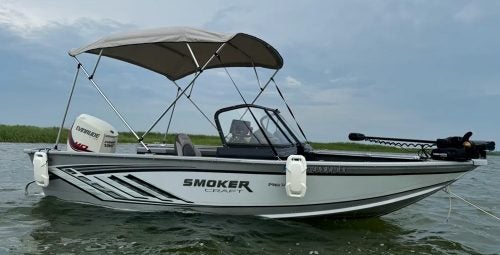 Kemimoto 4 Bow Bimini Top and Boat Bumper Review
Kemimoto 4 Bow Bimini Top and Boat Bumper Review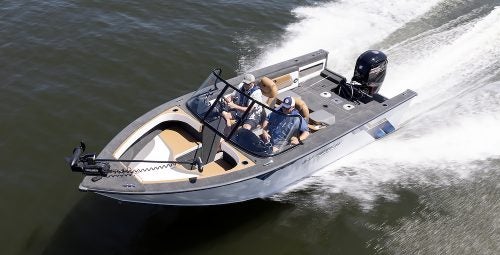 Starweld Victory 20 Review
Starweld Victory 20 Review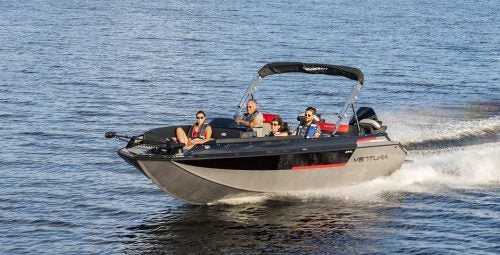 Princecraft Ventura 23 RL Review
Princecraft Ventura 23 RL Review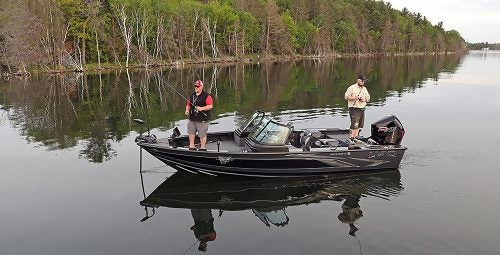 Lund 2075 Pro V Review
Lund 2075 Pro V Review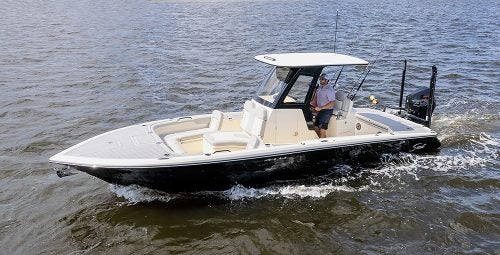 Scout 281 XSS Review
Scout 281 XSS Review Fuel Saving Tips For Boaters
Fuel Saving Tips For Boaters Best Boating Accessories
Best Boating Accessories Best Boating Apps
Best Boating Apps 5 Pontoon Boats That Are Made To Fish
5 Pontoon Boats That Are Made To Fish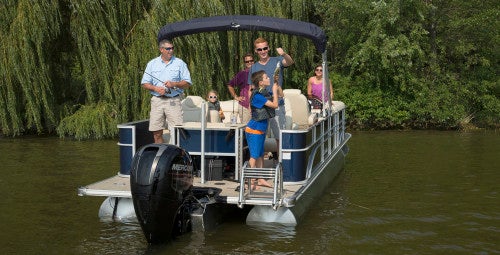 10 Great Small Pontoons
10 Great Small Pontoons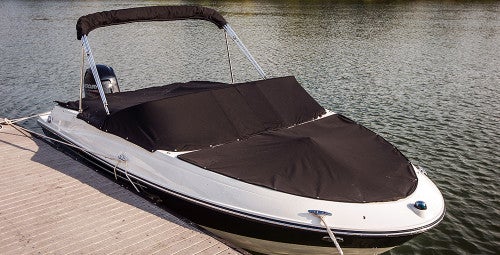 Your Boat Was Expensive—Do You Really Trust a $2 Rope From the Dollar Store to Secure It?
Your Boat Was Expensive—Do You Really Trust a $2 Rope From the Dollar Store to Secure It?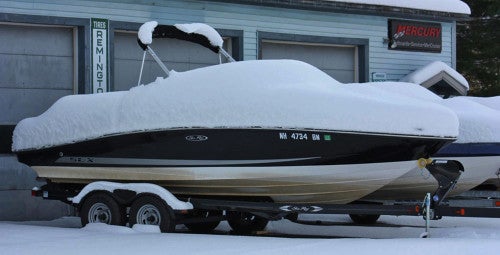 Do I Need Insurance Coverage Against Ice or Freezing Damage?
Do I Need Insurance Coverage Against Ice or Freezing Damage?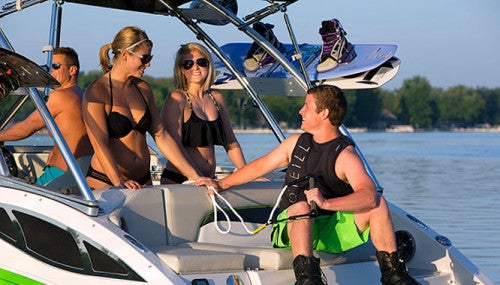 What Kind Of Insurance Coverage Do I Need?
What Kind Of Insurance Coverage Do I Need?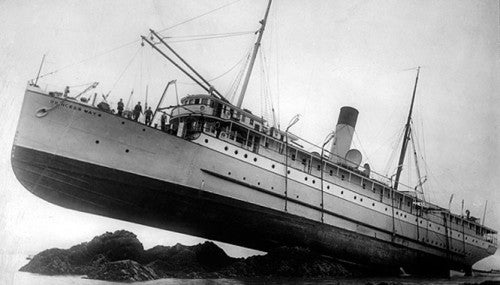 What About Salvage?
What About Salvage?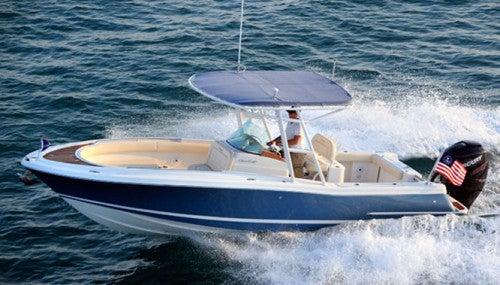 Boat Insurance or Yacht Insurance?
Boat Insurance or Yacht Insurance?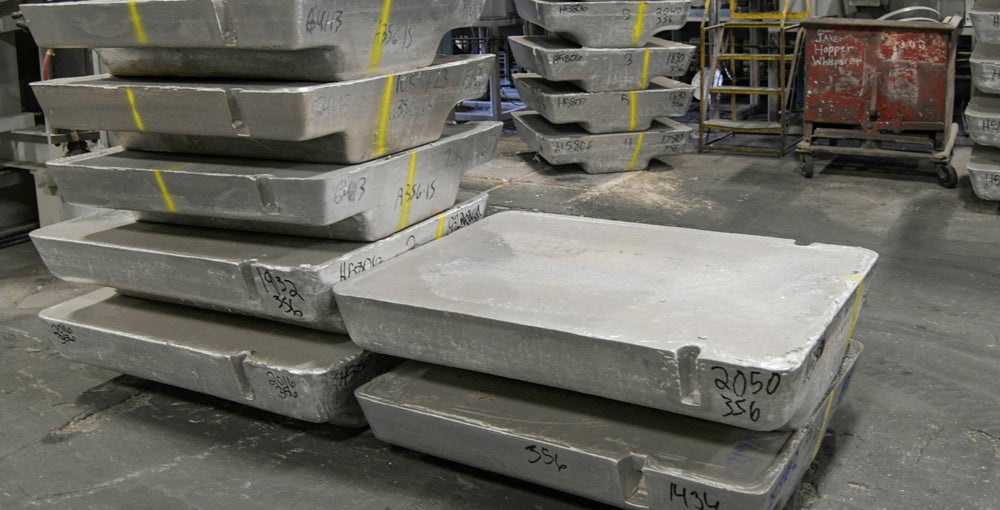
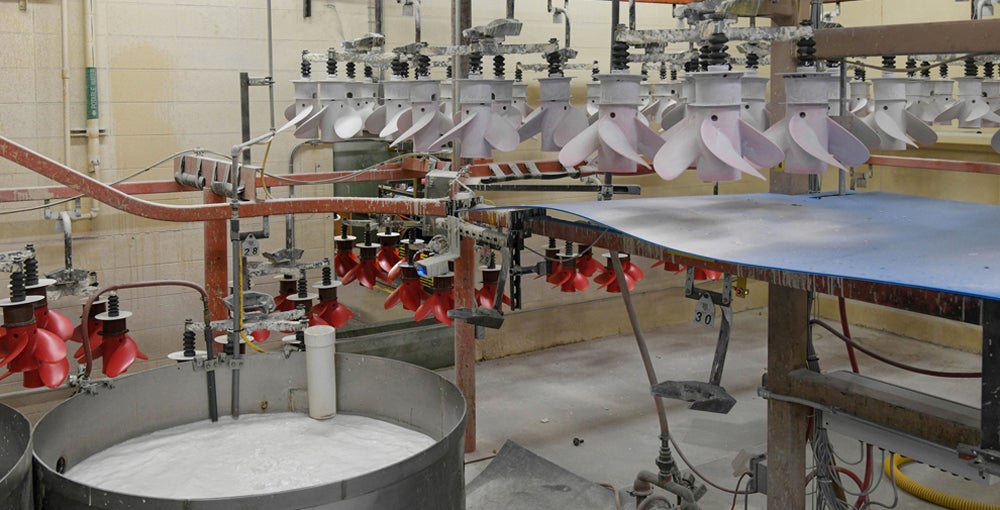
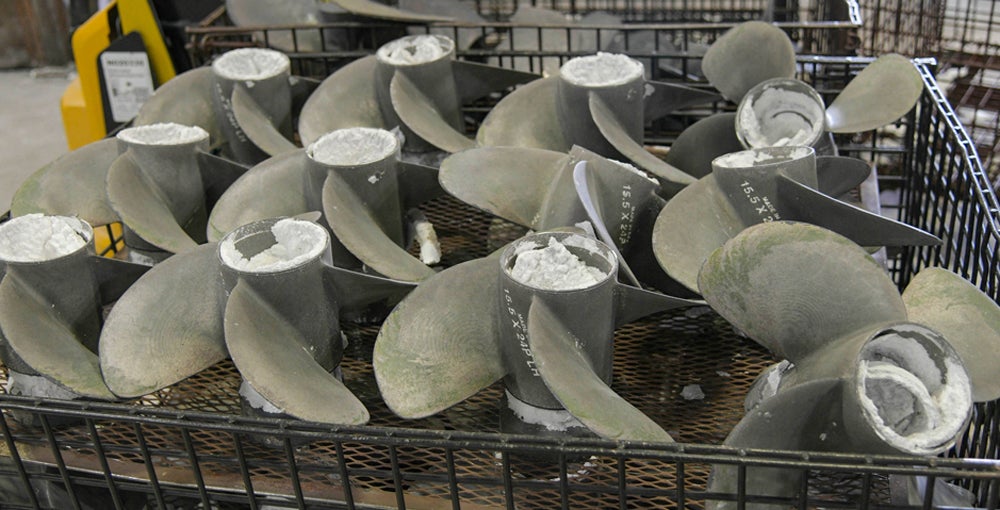
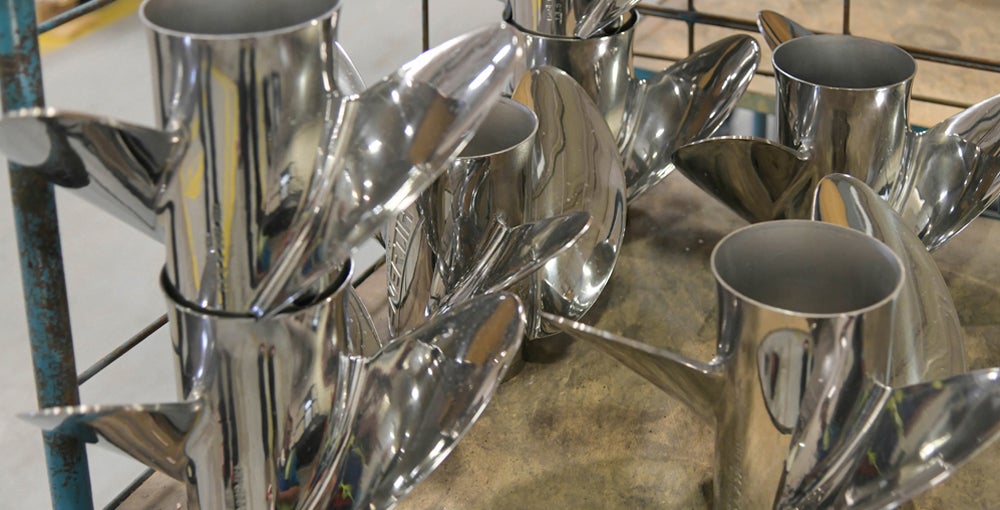
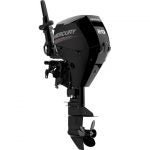
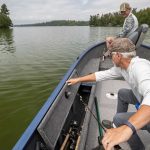
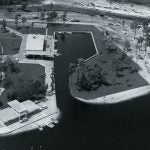
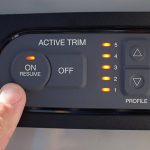
 The Best Bowriders For The Money
The Best Bowriders For The Money
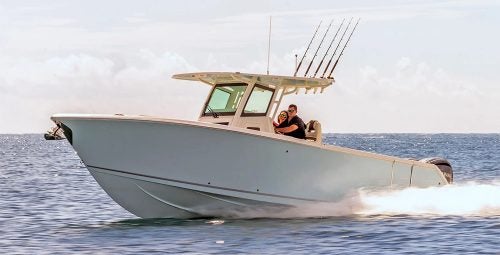 Sailfish 312CC Review
Sailfish 312CC Review
 The Wildest Concept Yachts
The Wildest Concept Yachts
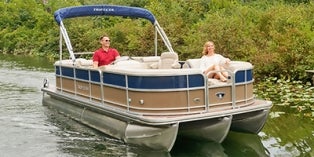 2016 Trifecta 200 Series 220FCR
2016 Trifecta 200 Series 220FCR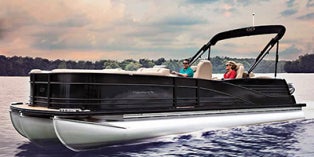 2016 Harris Grand Mariner SL 270 DL
2016 Harris Grand Mariner SL 270 DL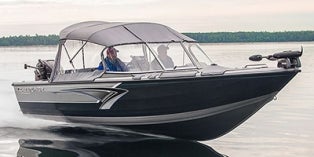 2016 Crestliner Authority 2050
2016 Crestliner Authority 2050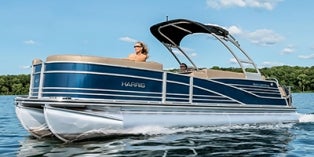 2016 Harris Grand Mariner SL 230 DLDH
2016 Harris Grand Mariner SL 230 DLDH
